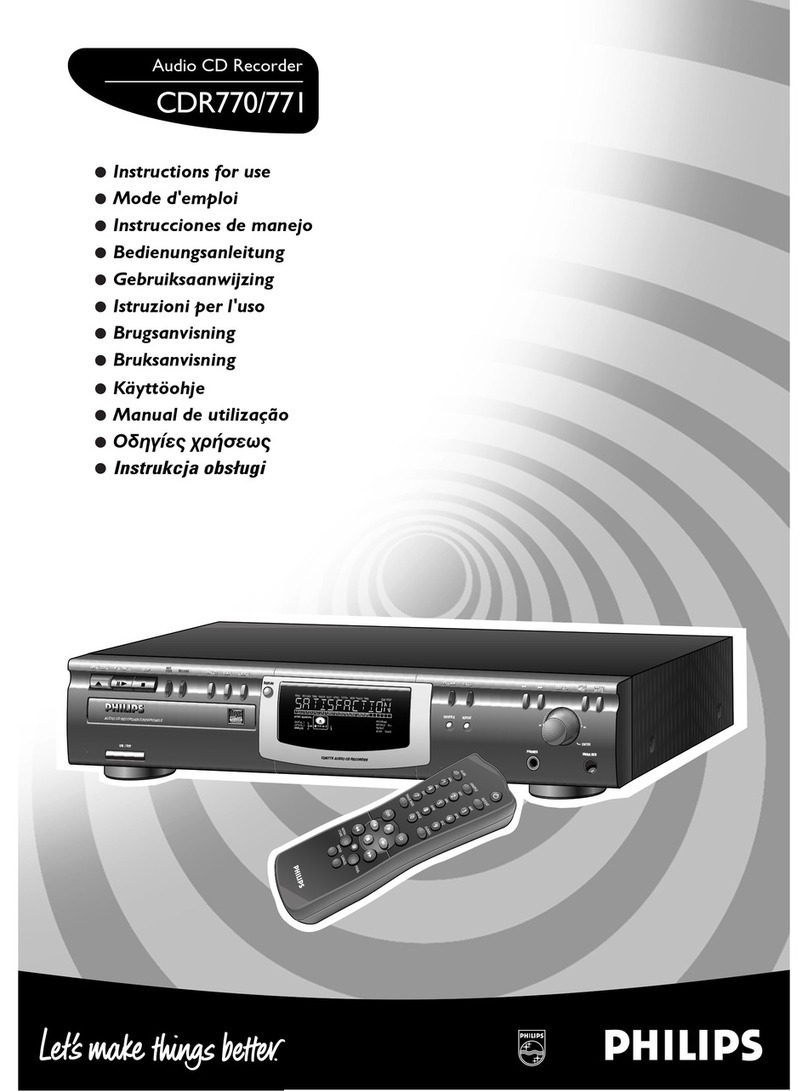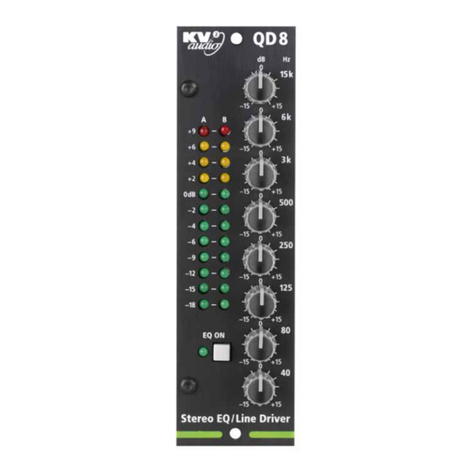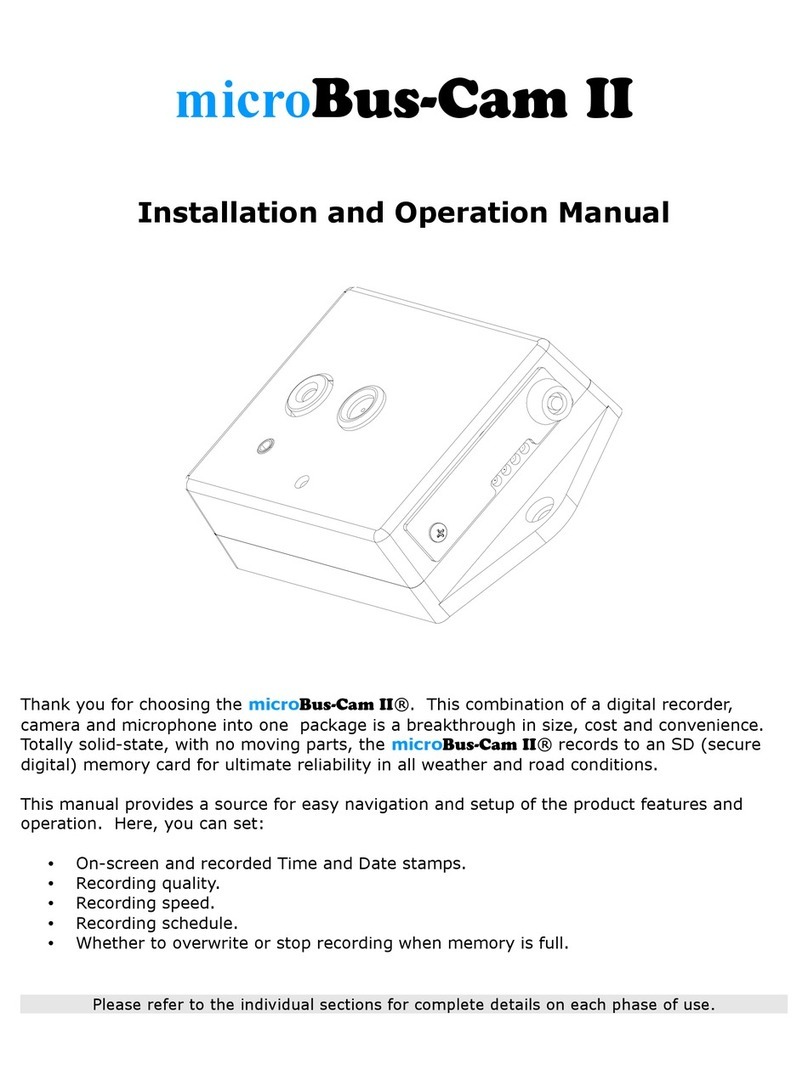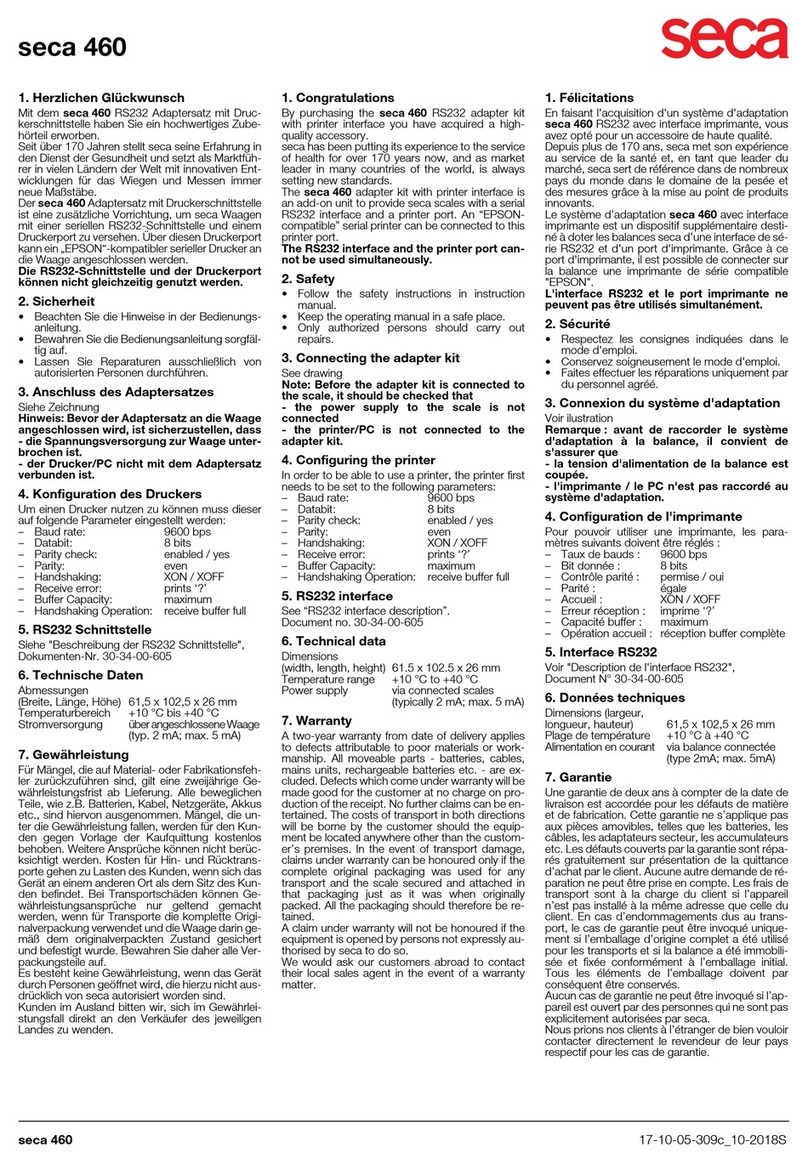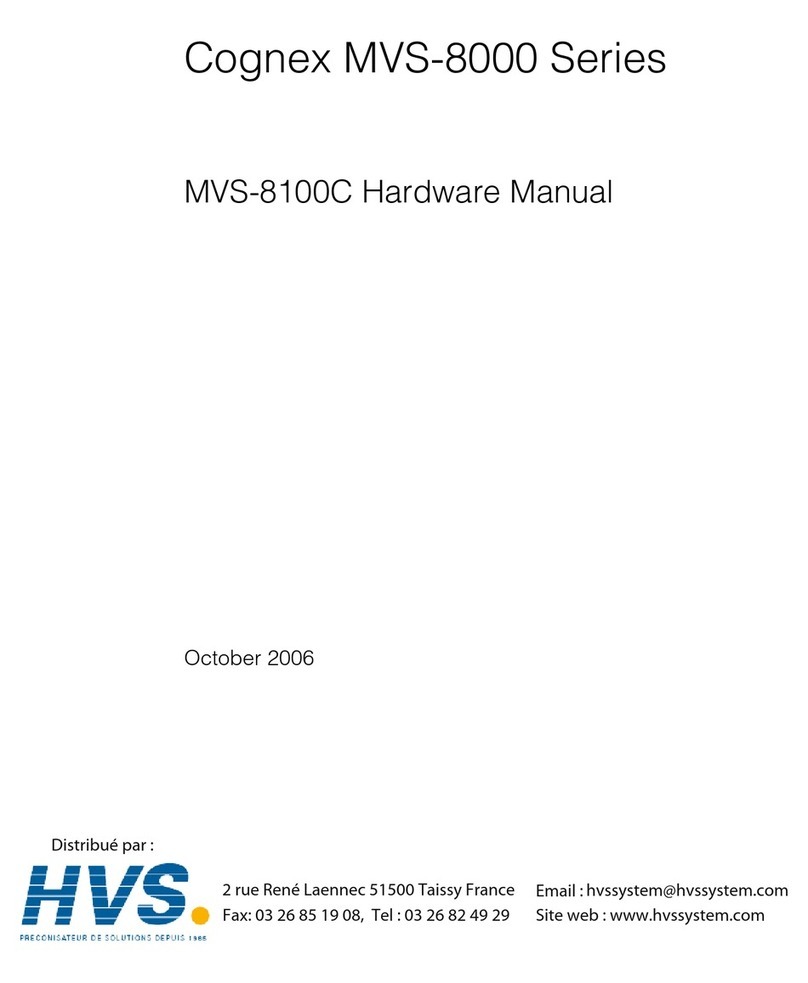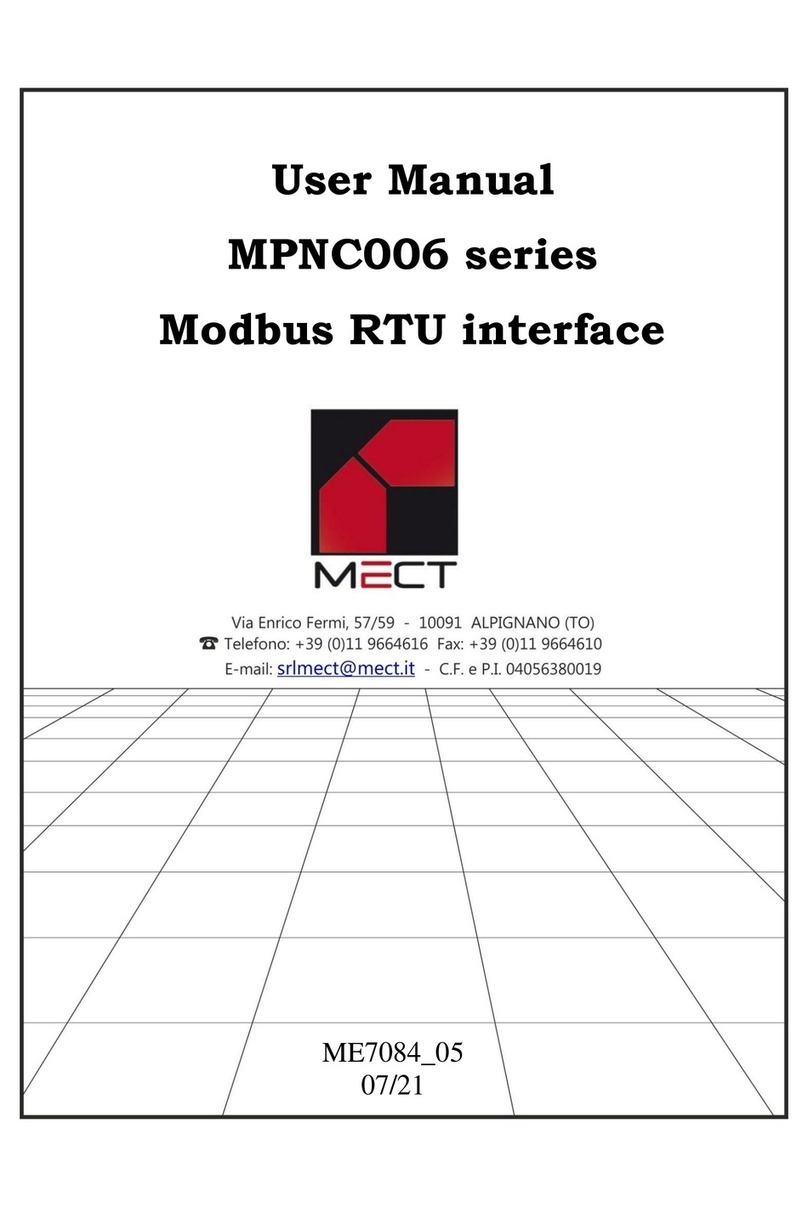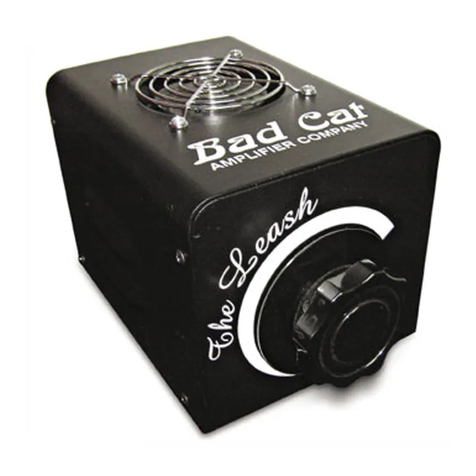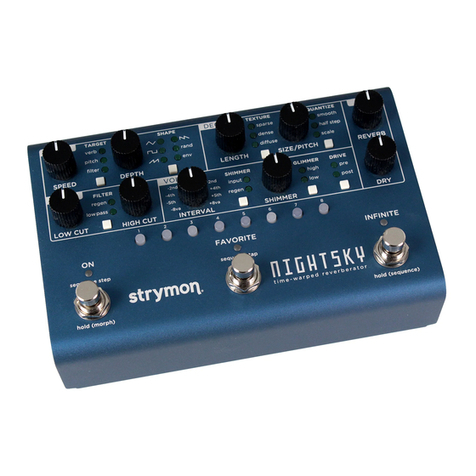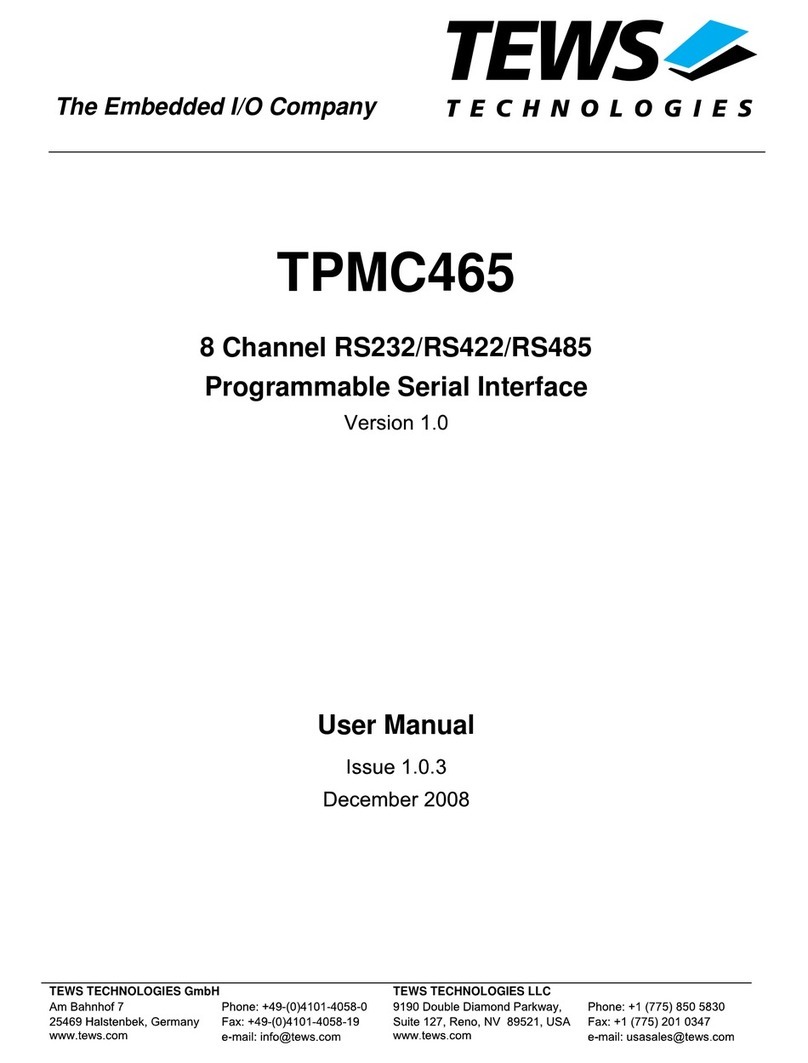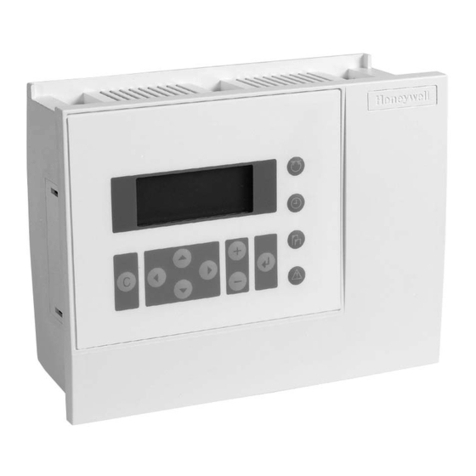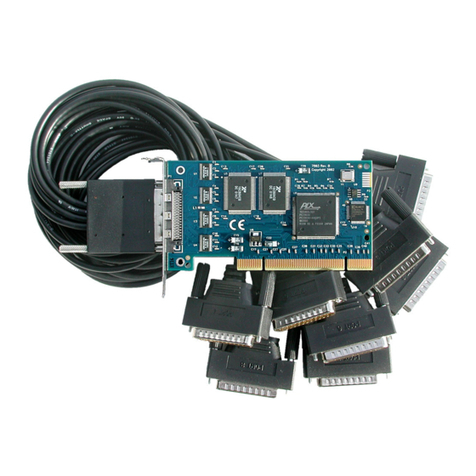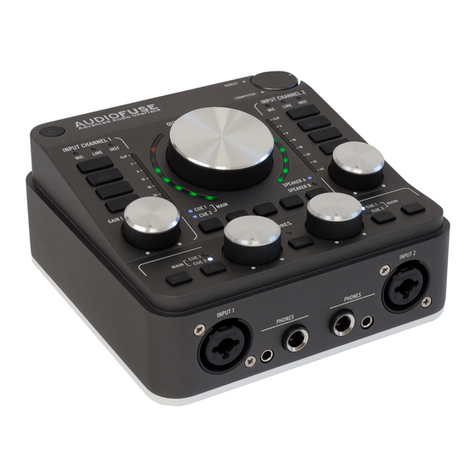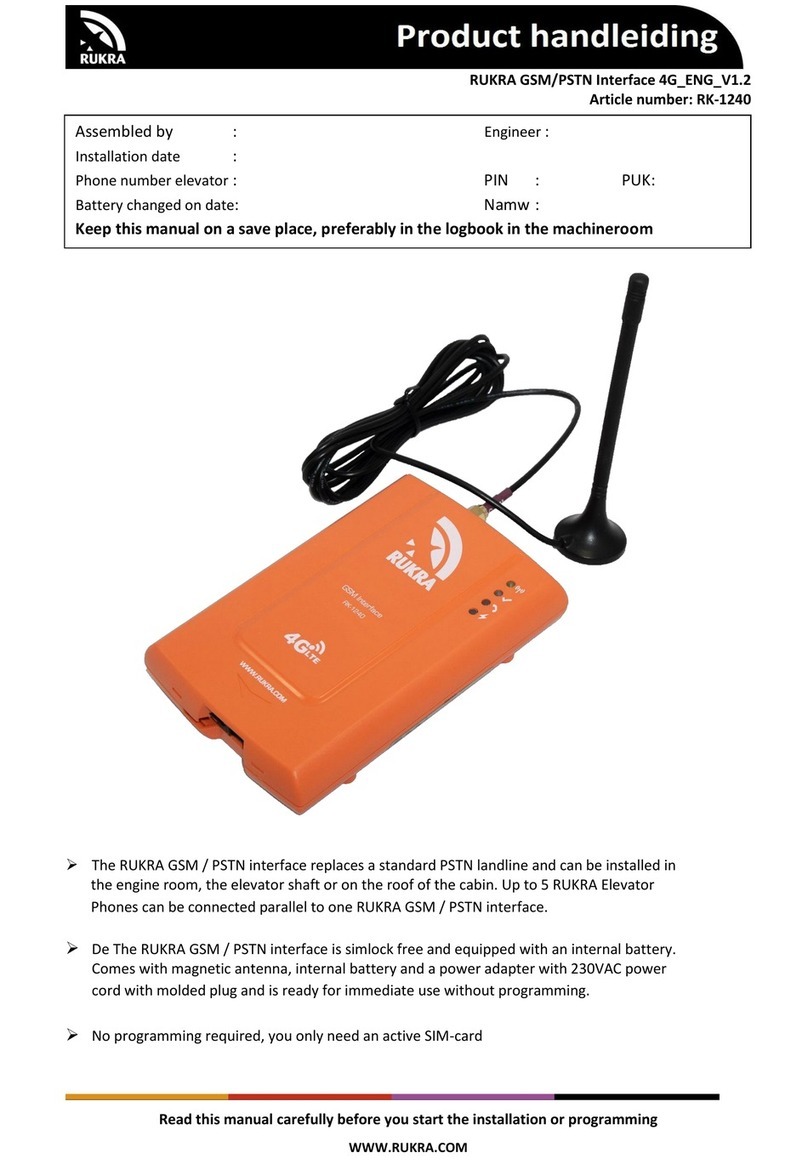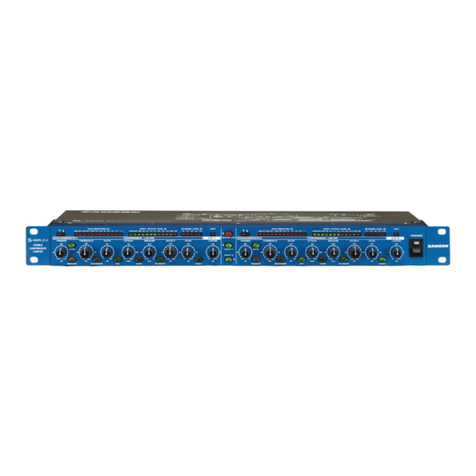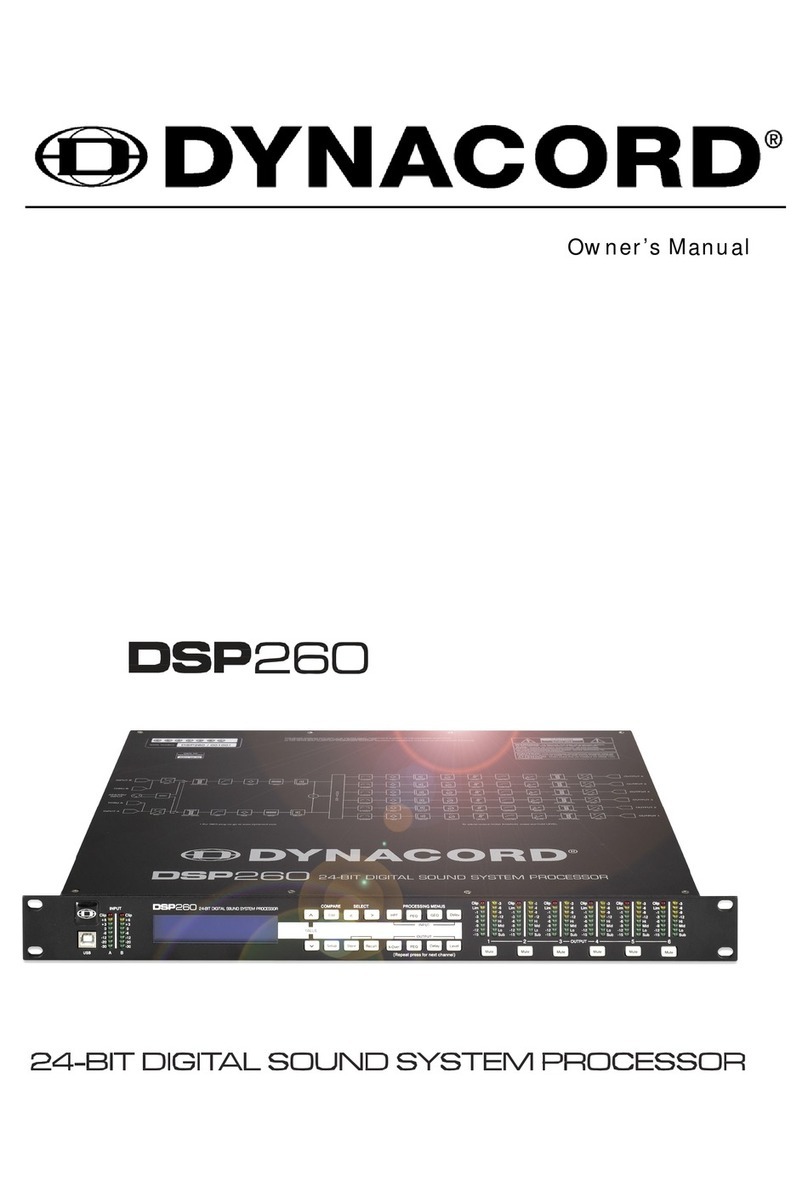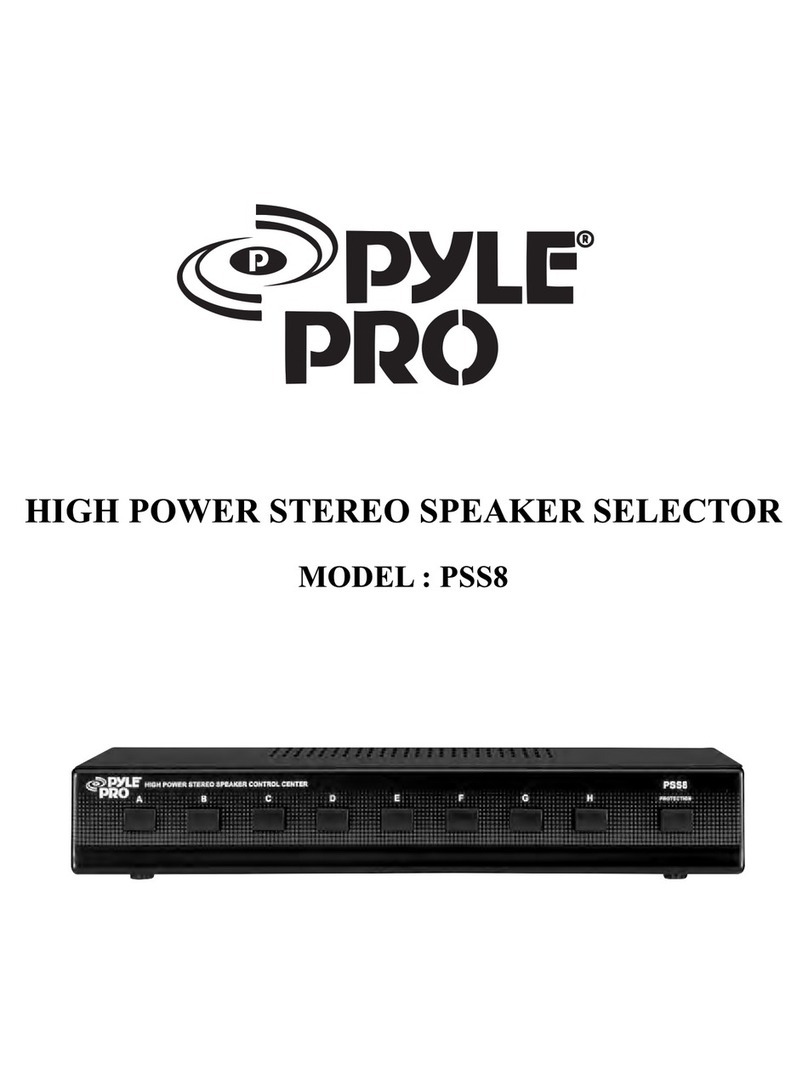
The Presets
Each of these five algorithms has a different combination of FX and Rvb types,
but the basic functionality of each is the same. Controls for each algorithm are
arranged in a PCM 80-type matrix. The audio parameters are identical to those
in the PCM 80. New control parameters are found in the Control row and a new
Submixer row.
ThePCM 80Pitch FXcardcontainsabuilt-inlibraryof100presetprogramsthat
provide not only a variety of effect configurations, but a whole new assortment
of exciting and useful pitch shift sounds. As in the PCM 80, the presets are
organized into banks of 50, and functionally grouped for a wide range of
applications. Be sure to experiment with all 100 presets to get a feel for the full
rangeofthePitchFXcapabilities.AsinthePCM80,eachpresethasoneormore
parameters patchedtothe frontpanel ADJUST knob, giving youinstant control
over the primary aspect of the effect — without going into Edit mode.
BankX0containspitcheffectsforvoice andinstruments.Row0contains“bread
andbutter”vocaleffectsforcorrectingintonationofrecordedtracksorthickening
up a voice (or voices) by adding from one to four additional doublings. These
presets work well with single voice melodies or multi voice harmonies as input.
The vocal harmony effects in Row 1 allow you to add from one to four voices of
harmony and reverb to a single voice track. Presets 1.7-1.9 allow you to use a
MIDI keyboard to control the tuning of voices in real time. The presets in Row 2
have been optimized for guitar. You’ll find the classic pitch effects for guitars
(stereo detune, vibrato) and some new variations that take advantage of the
combinationofpitchshiftwith reverb.Row3containsacollectionofusefulshift
and harmony effects for melodic and chordal instruments. Presets 3.8 and 3.9
are designed to be used with a foot pedal connected to the rear panel Foot
Controllerinput.Row4isdesignedfordrumsandpercussion.Thesepresetslet
youretune the snare andtoms, oreven detune thedrum reverband slapdelay.
Presets4.8and4.9provide“scratch”effectsonrhythmtracks.(PressTap twice
to lock in with the beat.)
Bank X1 provides special effects for music and sound design. The presets in
Row 0 let you transform simple sound effects into cosmic events and change
normal speaking voices into cartoon characters or demons from the dark side.
ThoseinRow1usepitch,delayandreverbtocreatelushechoesindeepspaces
with a variety of monophonic or polyphonic instruments as well as vocals. Row
2 contains musical special effects where a single input note produces pitch
sequences based on a variety of chords and scales. Those in Row 3 are
designed to spice up a synth pad or other sustaining source. Row 4 contains
several useful tools: VSO presets set up for time correction of varispeed
playback material, two dual mono in/stereo out variations that provide pitch
shiftingontheleftinputandreverbontherightandasetof “cleanslate”versions
of the algorithms to use when you want to create your own programs from
scratch.
We hope you will find the Pitch FX card easy to use, and a great extension of
the power of your PCM 80. To get the most out ofthe card, we suggest thatyou
invest the time to explore this manual. We think you’ll agree that the time spent
investigating will reward you with enjoyment of the full capabilities of the card.
Pitch FX Card Banks
Bank X0 Vocal & Instrument
0.0 - 0.9 Vocal Shift
1.0 - 1.9 Vocal Harmony
2.0 - 2.9 Guitar Magic
3.0 - 3.9 Instrument Shift &
Harmony
4.0 - 4.9 Percussion & Tempo
Bank X1 Music & Sound Design
0.0 - 0.9 Sci-Fi FX
1.0 - 1.9 Pitch & Delay
2.0 - 2.9 Pitch Sequences
3.0 - 3.9 Pads & Drones
4.0 - 4.9 Utility Programs:
VSO, Dual Mono,
"Clean Slate" versions
of the algorithms
Note: All of the Pitch FX algorithms
combine pitch shifting and stereo
reverb.Beawarethatin manyofthe
presets the reverb mix or level is
turned down or off. The amount of
reverb for agiven applicationis very
dependent on what else is going on
in the mix. In most of the presets
where the reverb is turned down,
we’vealreadysetthereverbparam-
eterstovaluesthatwillworkwellwith
the pitch effect -– all you need to do
is turn up the appropriate reverb
parameter (Rvb Mix or RvbOutLvl
in row 1 of any edit matrix).

